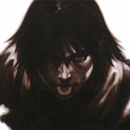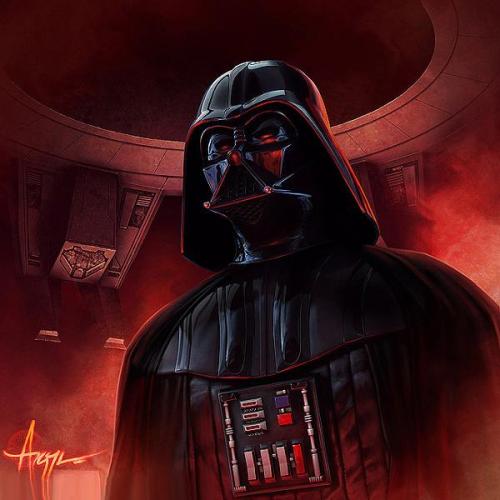Okay guys, I've been thinking about this one a TON, and I think I finally have a reasonable explanation for where the decline timeline came from. I know a lot of people think Nintendo just pulled it out of thin air, but I think it's more fun to believe that it's explainable within the rules of the Zelda universe and proceed accordingly. ![]() I'm so excited! Here it goes...
I'm so excited! Here it goes...
So I had several key insights during my research into this.
First, Hyrule Historia clearly tells that the exact same events of OoT also happened in the decline timeline, except for Link dying during the final battle. We know this is true because it tells the entire events of OoT, and then says the split happens at the final battle. In the final battle against Ganondorf, it even shows Link using the Master Sword (page 92). This eliminates some theories I've read that indicate that OoT happened differently in the decline timeline (e.g. Zelda didn't know who Link was, Link never entered the Sacred Realm or got the Master Sword, etc.)
The second insight I had was that in OoT, Link and Zelda were clearly trying to destroy Ganondorf. But he is essentially unbeatable. If you need a refresher of the final scene from the final battle from OoT (like I did), here's the Youtube link: https://youtu.be/87nkWPZ_UMI?t=337. Zelda tells Link "use your sword to deliver the final blow!" She clearly expects Ganon(dorf) to die after Link stabs him in the forehead with the Master Sword. But something goes... wrong. Instead of being defeated, Ganon goes on a rampage.
In OoT, we see them immediately seal Ganon(dorf) in the Sacred Realm when this happens. This is the Adult Timeline version of what happened. Clearly Ganondorf didn't die, and the "final blow" was nothing of the kind.
My theory is that in the original, Decline Timeline, Link is suddenly killed during Ganon's rampage, and Zelda is overcome by Ganon before she can react and order the sages to seal him. So he gets the whole Triforce. Fortunately, Zelda is able to escape and order the sages to seal Ganon in the Sacred Realm. Unfortunately, much to Zelda's grief, her hero is dead. But she has the power to control time, and decided to send someone back to the exact instant that Ganon started rampaging. This way, they could seal Ganon immediately instead of waiting until Link is killed.
I haven't decided whether it's Zelda that gets sent back, or Rauru, or perhaps Navi. Zelda seems to be the best choice, since she is the one who orders the sages to seal Ganon at the exact moment he starts rampaging. But the problem is that whoever gets sent back disappears from the Decline Timeline. And is she disappears, so does the spirit of the Goddess Hylia that is needed to reincarnate into future incarnations of Zelda. So my next best theory is that she sent back Navi or Rauru to telepathically communicate with her and warn her about the future.
Can anyone think of anything that obviously contradicts this theory?
















